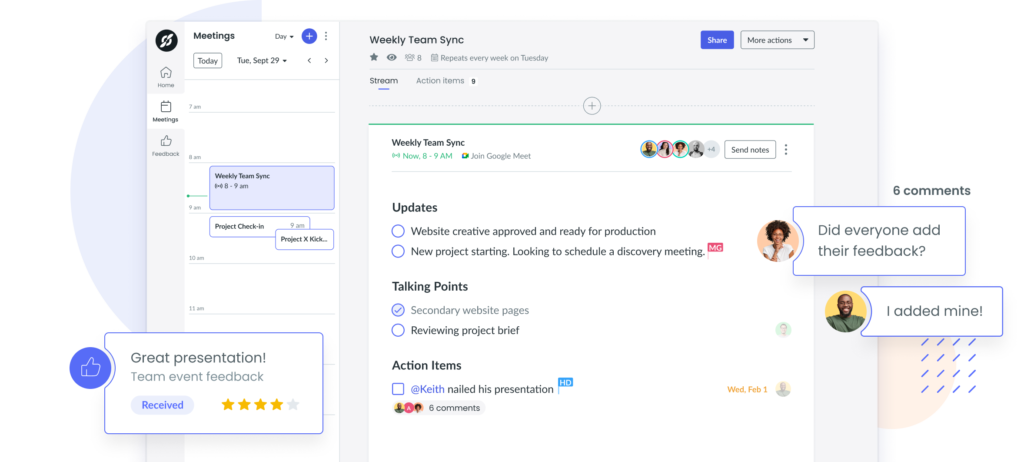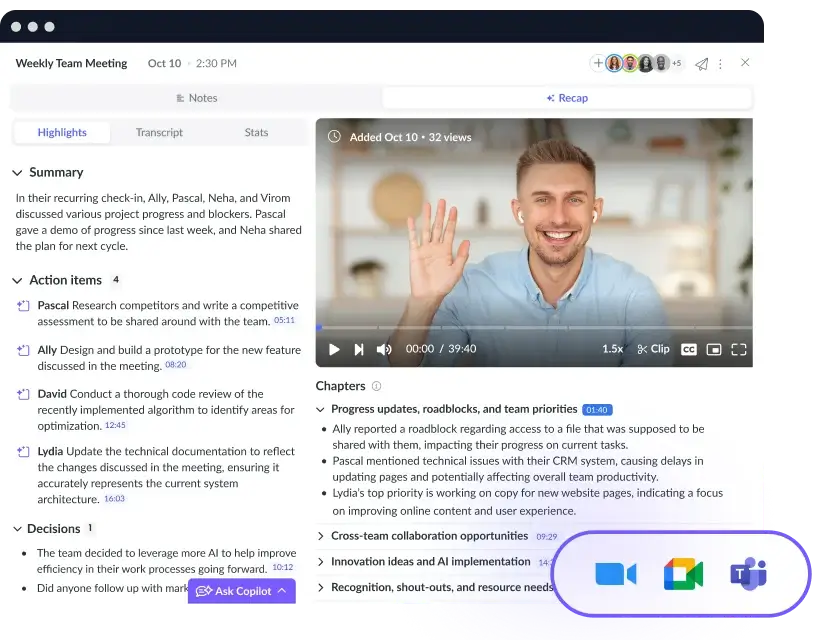What is Perception Bias and How to Avoid It
Learn how to avoid unconscious biases as soon as you begin hiring new talent to join your team.
Different unconscious biases obstruct good judgment calls without us even being aware of them. Biases are beliefs, attitudes, and assumptions that have been built over time and tend to reinforce or lead to stereotypes and even prejudice. While most leaders try their best to be objective in the workplace, unconscious biases, including perception bias, happen to everyone, whether we like (or notice) it or not. It’s important to build as much self-awareness as possible to confront personal biases, especially when it comes to recruiting and hiring new employees.
For that reason, this article is going to cover what perception bias is, what its consequences are, and how to avoid it so you can create a more inclusive and diverse workplace.
- What is perception bias in the workplace?
- What are the consequences of perception bias?
- Perception bias examples
- How to avoid perception bias
What is perception bias in the workplace?
An unconscious bias is an established attitude, belief, or assumption that lives in our subconscious mind. We all fall victim to unconscious biases because we store this information over time and use it as a shortcut to make decisions and come to conclusions more quickly. Perception bias is a type of unconscious bias that occurs when our perception is skewed based on inaccurate and overly simplistic assumptions about a group a person “belongs” to. This may include biases or stereotypes about age, gender, and appearance. These attitudes, beliefs, or stereotypes block our ability to make sound decisions.

Involve everyone
Having collaborative tools that each person has access to encourages engagement and doesn’t leave anyone out. Meetings are no exception! Try a meeting tool like Fellow for collaborative conversations.

What are the consequences of perception bias?
Perception bias has several consequences. First, you lose an opportunity to connect, communicate, and learn from someone who may have a lot to offer. Because you’ve judged too quickly, based on something that’s probably pretty superficial, you’ve lost that opportunity and connection. What’s worse than this lost opportunity is you’ve likely made the victim of the situation feel terrible. Engaging in social exclusion and discrimination is not only completely unacceptable in work, but is also unacceptable anywhere. Don’t be that person. Give everyone a fair shot without judging them by face value. Continued perception bias results in an uninteresting, monotonous workforce that is unfulfilled and disengaged.
Perception bias examples
Example 1: Sayna works at a tech start-up. All of her male colleagues have joined a fantasy football league for the company and talk excitedly about their line-up each week. No one has even bothered to ask Sayna if she would like to participate. Sayna grew up in Buffalo and is a die-hard Bills fan. She already participated in another NFL fantasy league with her friends and is top of the chart.
Example 2: A team usually heads out on Fridays an hour before the office closes and grabs a drink at the local bar around the corner. There aren’t any official invites, but the younger employees tend to book a reservation and get a headcount each week. Paul and Emile are the oldest employees in the office and never seem to be included. Because the younger staff members don’t make an effort to include Paul and Emile in their plans, they choose a different bar down the road and catch up over a beer by themselves every week.
How to avoid perception bias
Here’s how to avoid perception bias as soon as you begin the hiring process for a new employee:
- Remove identifying information from applications
- Ask for a work sample
- Use sample-style questions
- Have a scoring criteria
- Challenge your assumptions
- Acknowledge your language
1 Remove identifying information from applications
One way to avoid perception bias is by removing any identifying information from job applications. This means having someone help you remove the name, address, educational institution, and perhaps even the names of other companies the person has worked for in the past. When this identifying information is removed, you’ll focus more on the candidate’s actual experience and competencies, rather than looking at information that is easily stereotyped and judged. If an individual has the skills and competencies required for the position, their age, gender, socioeconomic status, and social status shouldn’t play a deciding role in them getting the job.
2 Ask for a work sample
If you find it difficult to understand someone’s level of experience and fit for the company by looking at a resume, try a more effective means of assessment. You can ask prospective employees for a work sample, which is a sample task or project to complete. The task is something that should be central to the role for which you’re recruiting so you can ask the candidates to communicate exactly what they would do if they were actually doing the job. Better yet, you can have them perform it for you so that you can see their hands-on skills. The best candidates will be able to showcase their skills upfront by completing work samples.
3 Use sample-style questions
Among other ways to avoid engaging in perception bias while reading through resumes is to use sample-style questions. Sample-style questions focus on how job candidates would actually work through something, rather than asking them to give an example of a time they had to do ‘X’. Observing an individual’s thinking process is an excellent way to gauge how effective they would be within a given role. Sample-style questions can include a work sample or a case study that they have a particular amount of time to work through. Better yet, if you’ve flagged an issue or an ongoing problem the team is facing, asking these questions and getting the candidate’s insight is an excellent opportunity to gain an outside perspective on how the issue may be tackled.
4 Have a scoring criteria
Creating a scoring criteria for job candidates can also be a great way to avoid perception bias. Whether you’re asking interview questions or asking candidates to provide a work sample, you should think about the way you’re going to fairly score candidates. Pre-set and objective criteria are required beforehand so your grading remains fair. Using a basic number scale, for example, is a simple way to add up each individual’s score at the end of the interview process. Rather than hiring the person you like the best, this way you’re hiring the person who is best fit for the job.
5 Challenge your assumptions
Preconceived notions and stereotypes can get in the way of identifying and hiring new talent. To challenge your assumptions, you need to engage in some self-awareness. As you notice your own judgements, attitudes, and beliefs about someone, really self-scrutinize by trying to determine how accurately you’ve made decisions about a particular person. Try to think outside of the box and create a company culture that celebrates differences, creativity, and imagination. Having an open mindset will attract all kinds of talent so you can diversify the competencies held within your team. Choose to challenge the status quo by being open minded.
6 Acknowledge your language
Speak intentionally and acknowledge the kind of language you’re using with job candidates. Be specific and give concrete examples that paint an accurate representation of the job for them. Be careful to use “extremes” (like “all,” “always,” and “never”) in your language. These types of words create an all-or-nothing, black and white way of thinking that shows rigid rather than dynamic thinking. Using this kind of language can be harmful because it’s rarely accurate. Telling someone they’ll never have to stay late, or that they can always leave early on Fridays creates an expectation right away. Be careful, be clear, and be honest. Few aspects of any job are “always” or “never.”
Parting advice
Unconscious biases can influence our thoughts, decisions, and the way we interact in the workplace every day without us even realizing. It’s especially important to be aware of unconscious biases, like perception bias, during the recruitment and hiring process. The judgements you make about job candidates impact the success of your future team, and therefore impact the success of the organization.
As a leader, you’ll need to build self-awareness to attract and retain a diverse workforce. Be sure to revisit your recruitment process and audit it for perception bias. Once you flag areas in which it’s possible for perception bias to influence a decision, remove and replace them with a more effective approach, like some of the ones we have listed throughout the article.











